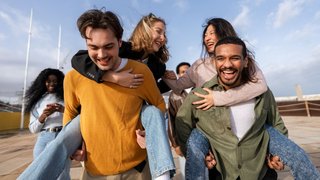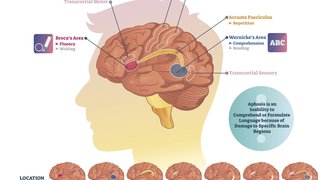
A wealth of studies have shown that exercise and physical activity can help older adults keep their minds sharp and their bodies healthy. From participating in senior yoga to walking and running groups, more older patients are looking for ways to stay active. But there’s one activity many seniors might not think about – dance.
Dancing is great exercise for the muscles and the heart, and it also involves a heavy cognitive demand. Seniors who dance regularly must memorize movements and routines and react in the moment, particularly if they dance with partners. Activities such as running, cycling, or swimming are more linear, meaning participants don’t need to think about the next movement – they just do it.
Dance, like any form of exercise, benefits seniors in many ways. Regular physical, mental, and social stimulation is the gold standard recommendation for reducing the risk of dementia. Because it involves all three, dancing can be seen as a “triple-threat” option for older adults who want to protect their brains. However, research shows that only one-third of adults in the U.S. get the recommended amount of exercise, which is 30 minutes a day, at least five days a week. By finding activities they enjoy, seniors can experience more of the heart- and brain-healthy benefits of exercise.
The many benefits of dancing
Exercise increases the level of brain-derived neurotrophic factor (BDNF) – a key protein that acts like fertilizer for brain cells by promoting the growth and maintenance of neurons. Similar to one of the many ways exercise benefits the heart, exercise increases the flow of oxygen to the brain and improves brain function. Additionally, exercise is essential in controlling high blood pressure and high cholesterol, as well as helping seniors achieve and maintain a healthy weight – all factors that contribute to the onset of dementia. Exercise, combined with proper medication management and a healthy diet, can help reduce the risk of dementia. Some studies suggest that 35 percent of dementia cases are preventable or can be delayed by addressing lifestyle factors.
This topic has been on aging experts’ radars for some time. A 2003 study compared forms of exercise and cognitive activities, including dance, to determine whether any reduced the risk of dementia. The data suggest that dancing, reading, playing board games, and playing musical instruments showed a significant reduction in dementia risk over a 20-year period.
Part of what makes dancing unique from other forms of exercise is the addition of music. Musical rhythms stimulate certain areas of the brain often known as our “rewards centers.” These regions are associated with the chemical dopamine, which affects happiness and well-being as well as movement and thinking. Dancing also stimulates the motor and sensory circuits in the brain. These benefits combined offer older adults a unique brain activation they might not get from the gym.
Additionally, exercises such as yoga and dance that improve muscle tone, coordination, strength, and balance can help reduce the risk of falls and the resulting head traumas, broken bones, and other injuries that can make it difficult for seniors to maintain an active and independent lifestyle.
If you or an older adult you love wants to start an exercise program, visit a doctor to determine the best type of exercise to optimize health and independence. Call us at 214-645-8300 or request an appointment online.










